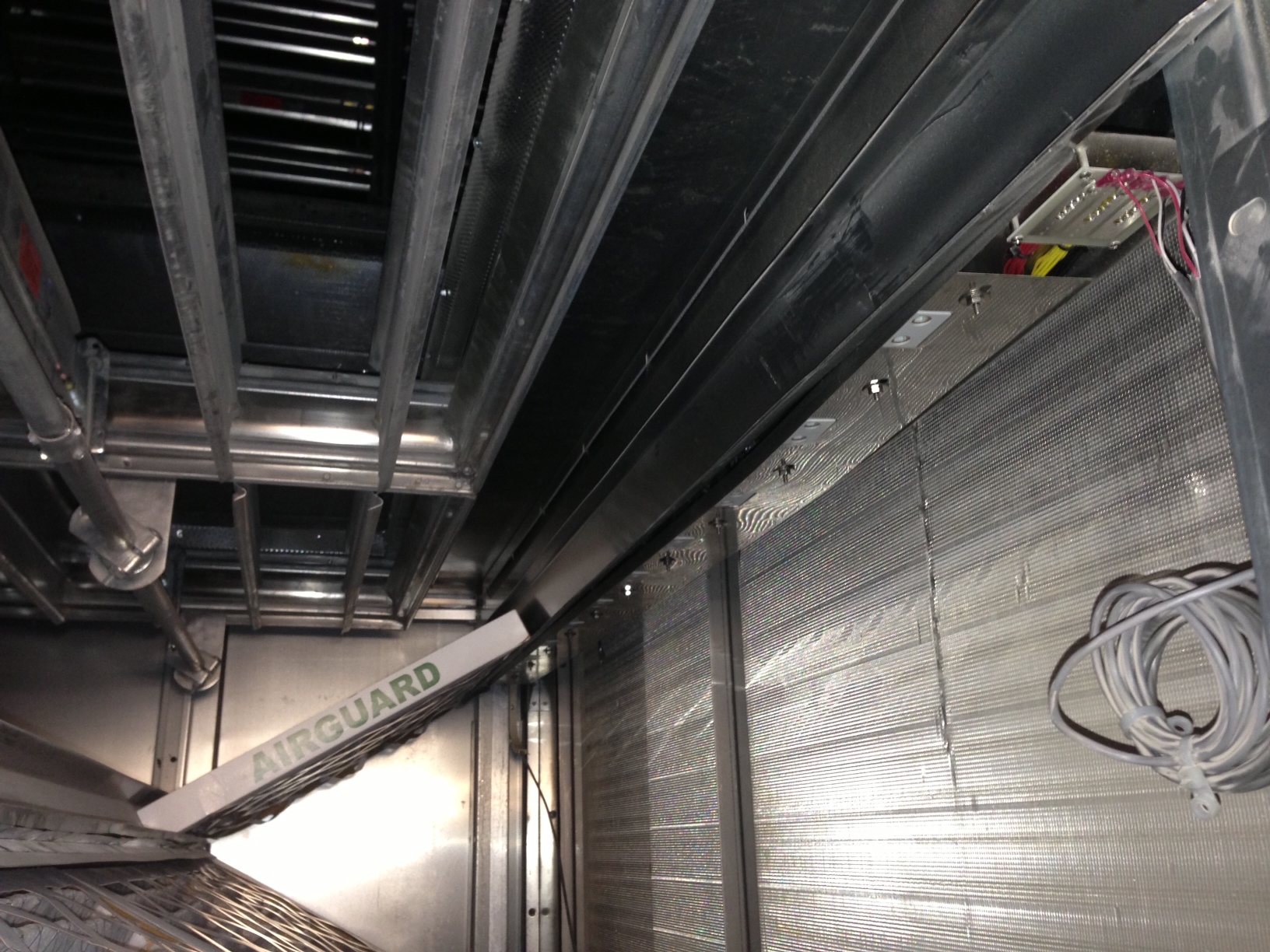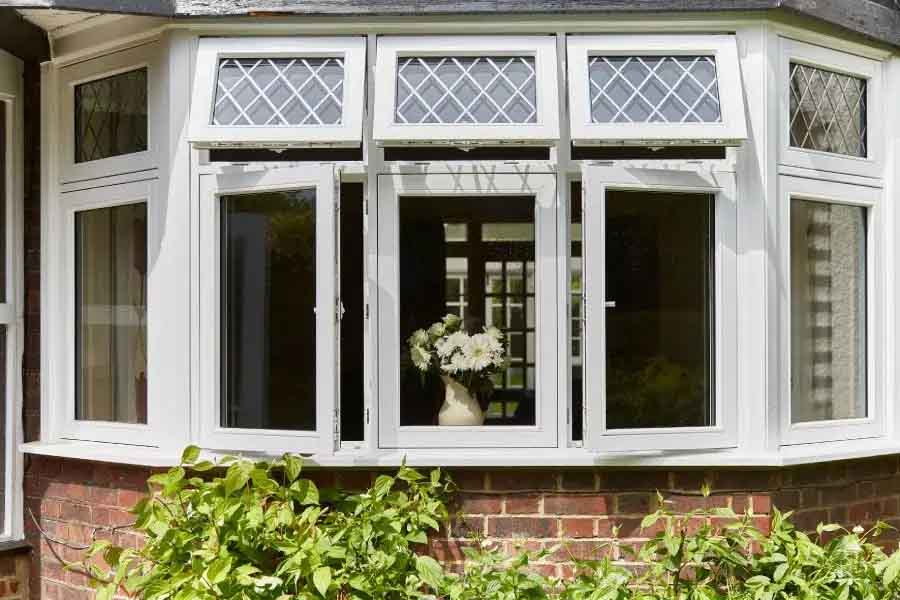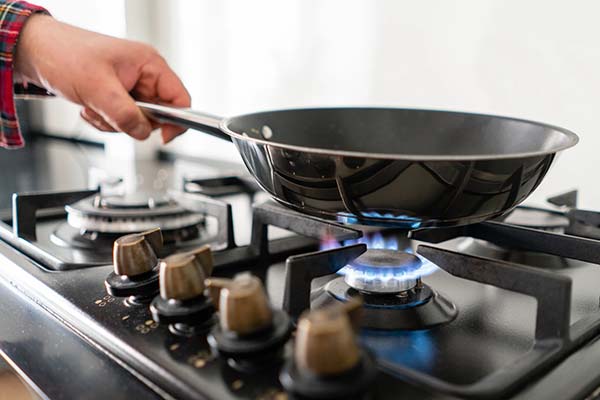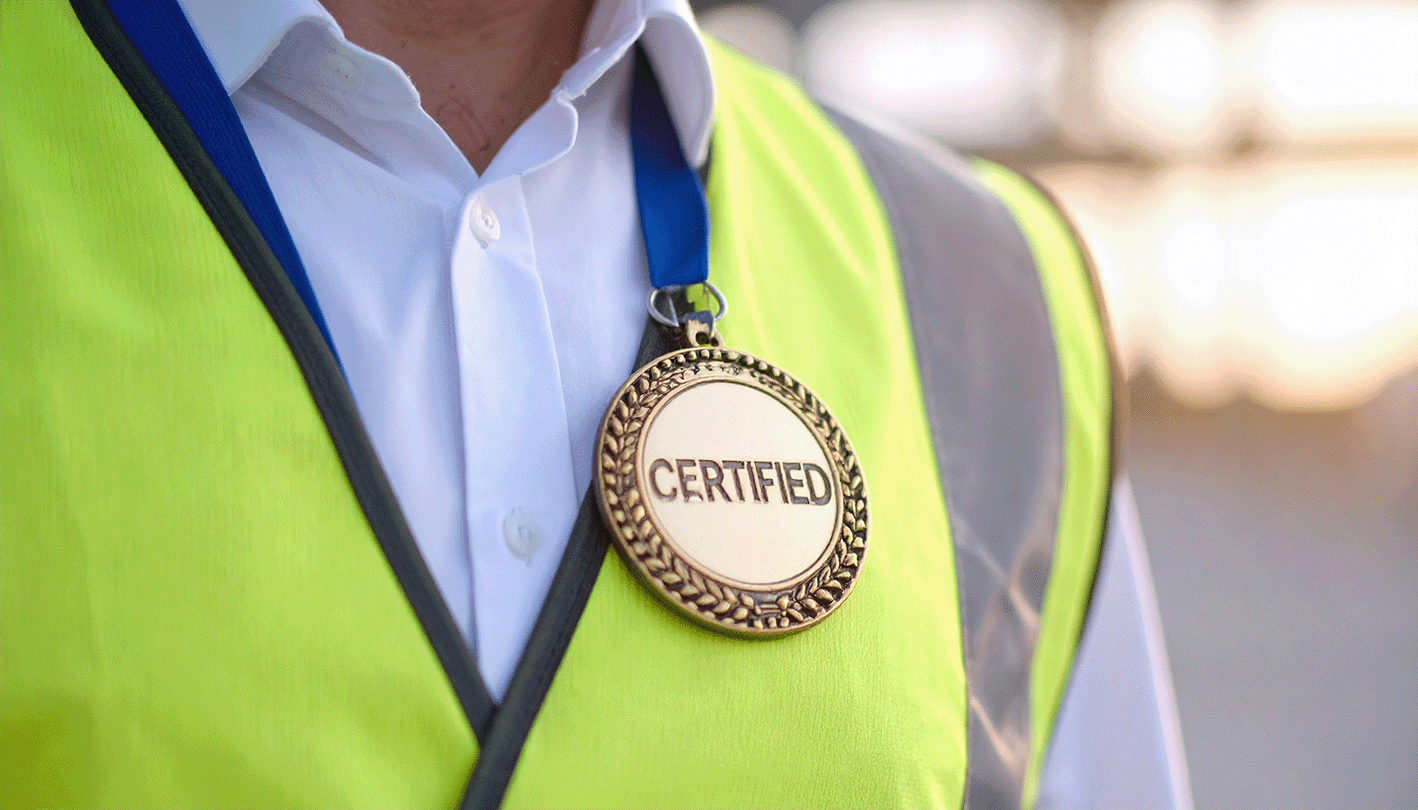AHU Refurbishment: Is it Right for You?
AHU refurbishment is often a quicker and more cost-effective option compared with installing completely new air handling units. We've written this guide to show you how to go about it.
What is an Air Handling Unit (AHU)?
Air handling units (AHU) come in various shapes and sizes and are the primary source of mechanical ventilation in all types of buildings throughout the UK. Fresh air is drawn through the air handling unit from outside and passed through filters to clean the air before passing over heating and cooling coils to heat and cool the air to the desired temperature. There are many different grades of filters that can be installed within an AHU from ISO Coarse to ISO ePM₁, dependent on the external air quality and the desired IAQ.
AHUs are also used to provide thermal comfort to building occupants and are often used as the main source of temperature, and humidity, control within a building. A building management system (BMS) will have a set point for the temperature within the space, and the air will be drawn over coils within the AHU to either heat or cool the air to the desired set point.
New air handling units are now manufactured in line with ErP regulations and incorporate heat recovery devices such as thermal wheels, plate heat exchangers or run around coils. They also use new EC fan technology which is up to 30% more efficient than the traditional old belt driven centrifugal fans that we still see in AHUs on site today. You would perhaps expect that new AHUs would be smaller than AHUs manufactured 20 years ago due to the advancement in fan technologies, however, this isn’t the case.
As energy efficiency is a primary focus on the HVAC industry and ErP regulations require minimum heat recovery efficiencies, AHUs are larger than previous models as it is important to ensure a low pressure drop across the AHU components to ensure maximum efficiency of heat recovery devices and low energy consumption.
When new air handling units are specified and installed, maintenance and means of access is nearly always taken into consideration to ensure components can be replaced and maintained safely without the requirement for heavy lifting machinery and specialist access equipment. This hasn’t always been the case as some AHUs were installed years ago resulting in poor access to carry out regular maintenance and replace components.
ARM Environments are able to undertake extensive refurbishment work to AHUs to extend their life cycle, improve energy efficiency, and improve indoor air quality. AHUs typically last up to 20 years if they are maintained regularly. By upgrading components such as dampers, coils, and fans within the existing AHU casework, the life cycle can be extended by up to 15 years assuming a regular PPM maintenance plan is in place.
AHU Refurbishment – What can ARM do?
- Replace dampers and associated actuators
- Upgrade filter banks to higher efficiency filters
- Replace heating and cooling coils
- Upgrade belt driven fans to new EC plug fans
- Replace control panels for AHUs
- Retrofit cooling coils to improve thermal comfort
- Establish maximum air flow from the AHU
- Retrofit air cleaning technologies such as UV-C and Bipolar Ionisation
- Maintain AHUs to extend their life cycle
- Full replacement of AHUs and associated mechanical services
Talk to one of the team to see whether a refurbishment is the right option for you.
Why should you upgrade the fans within air handling units?
CIBSE Guide M states that the recommended life expectancy for a traditional belt driven centrifugal fan is 20 years with the life expectancy to be reduced if the fan motor is within the air stream, which is often the case in most AHUs, other than healthcare applications.
Belt driven centrifugal fans require regular maintenance to ensure they are operating at their design volume, this includes checking and replacing the belts and pulleys bi-annually and cleaning the blades on the fan impeller. Forward curved fans lose their efficiency much quicker than backward curved fans as debris can build up between the blades affecting performance, they are also very tricky to clean effectively.
There are many different aspects to a belt driven fan that can become faulty resulting in multiple points of failure from bearings, motors, belts etc. Upgrading to EC plug fans removes these multiple points of failure, especially as EC plug fans can be installed to share the overall duty so if one fan fails, the other fan is still able to provide airflow, and can often be ramped up by the BMS automatically so there is no disruption to the area served.
EC (electronically commutated) plug fans are direct driven which means they do not have any belts and pulleys to operate, therefore there are no maintainable components, which means on site maintenance engineers no longer have to carry out belt checks and replacements allowing them to focus on other reactive maintenance.
Due to the space saving design of EC fans, it allows room within the AHUs to retrofit cooling coils or air purification technology to improve indoor air quality. They also have inbuilt speed controllers in the EC motor, which allows the BMS to automatically increase or decrease the fan speed and air volume from the AHU saving energy in the process. A manual speed controller can also be installed to allow the end user to increase or decrease the fan speed as desired.
As there are no losses through belts and pulleys, like a belt driven fan, EC plug fans can be up to 30% more efficient which can often see paybacks in less than 3 or 4 years.
Can air flow be increased from my air handling unit?
Each component has a design velocity and maximum velocity they are able to operate at. Not every air handling unit will have the same velocity over the internal components. As an example, a cooling coil, either chilled water or DX, will have a design velocity of 2.5m/s. At this design velocity, some manufacturers will opt to install a moisture eliminator after the cooling coil to limit moisture carryover from the condensation on the coil face.
If the air volume is increased, the velocity across the coil is also increased. The maximum velocity for a cooling coil is 3.5m/s, at this velocity an eliminator is required. If there is no room for an eliminator in the AHU, it is not recommended to exceed 2.5m/s, unless it can be retrofitted. Another implication of increasing the velocity over a cooling coil is that it will lose some of its capacity to cool the air, resulting in poor thermal comfort for occupants even though airflow has been increased.
ARM Environments are able to conduct full site surveys on air handling units to identify how much extra air flow you are able to safely obtain from your air handling unit without compromising the functionality of the AHU components.
Our services
Get in touch with the team to discuss whether refurbishment could save you some time & money, or view our AHU refurbishment service here if you'd like to learn more.






